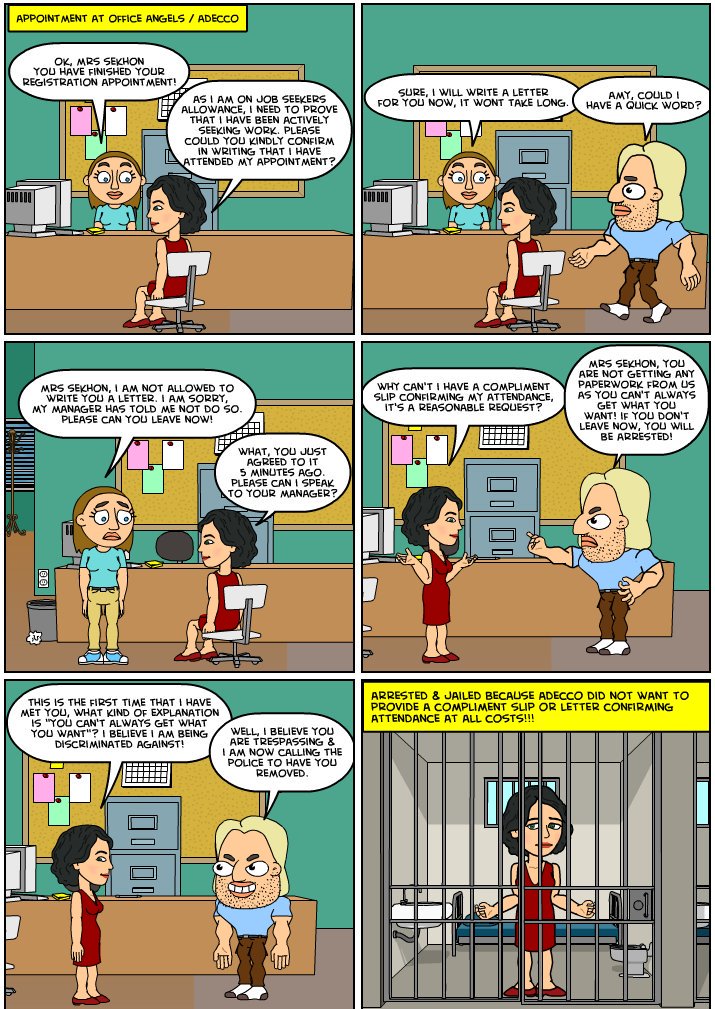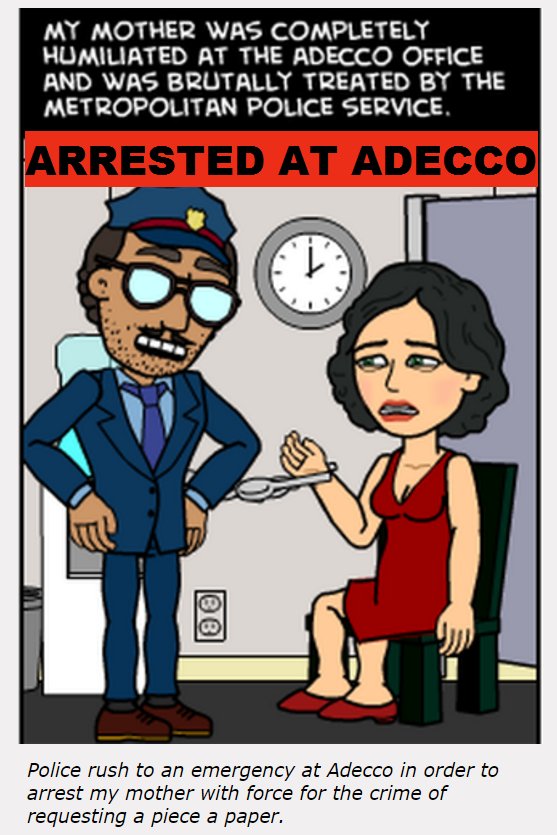Firstly lots of leadership training has focused on change management and leading change without considering the usefulness of change in the context of improvement.
A theory of action has 3 components - action (or the behaviour), the beliefs/values that underlie the behaviour and intended and unintended consequences of the beliefs and actions.
1. Agree on the problem to be solved.
2. Inquire into the relevant theory of action.
3. Evaluate the current and alternative theories of action
4. Implement and monitor the action





